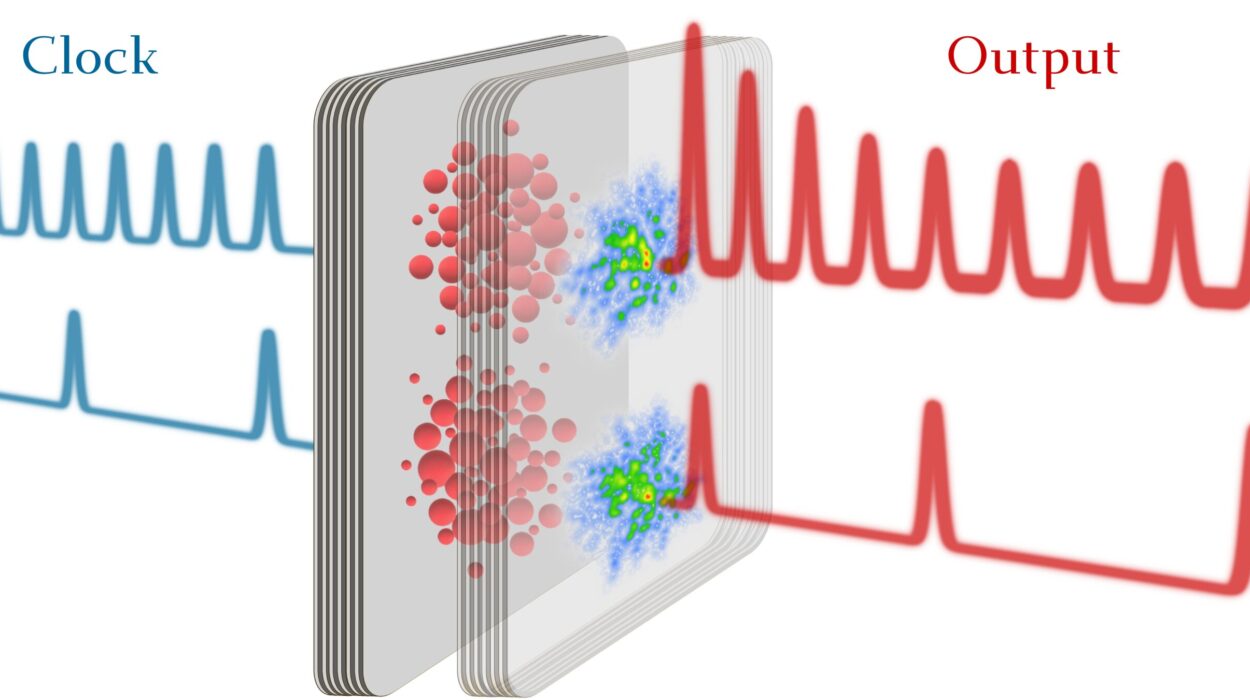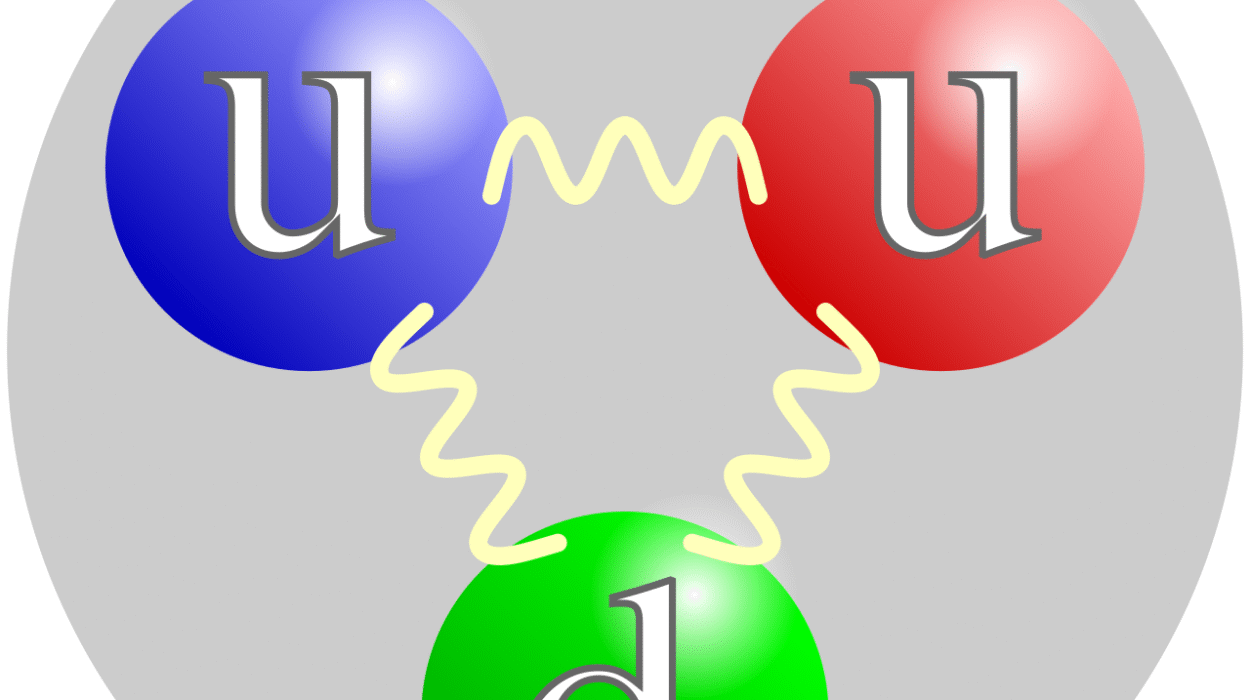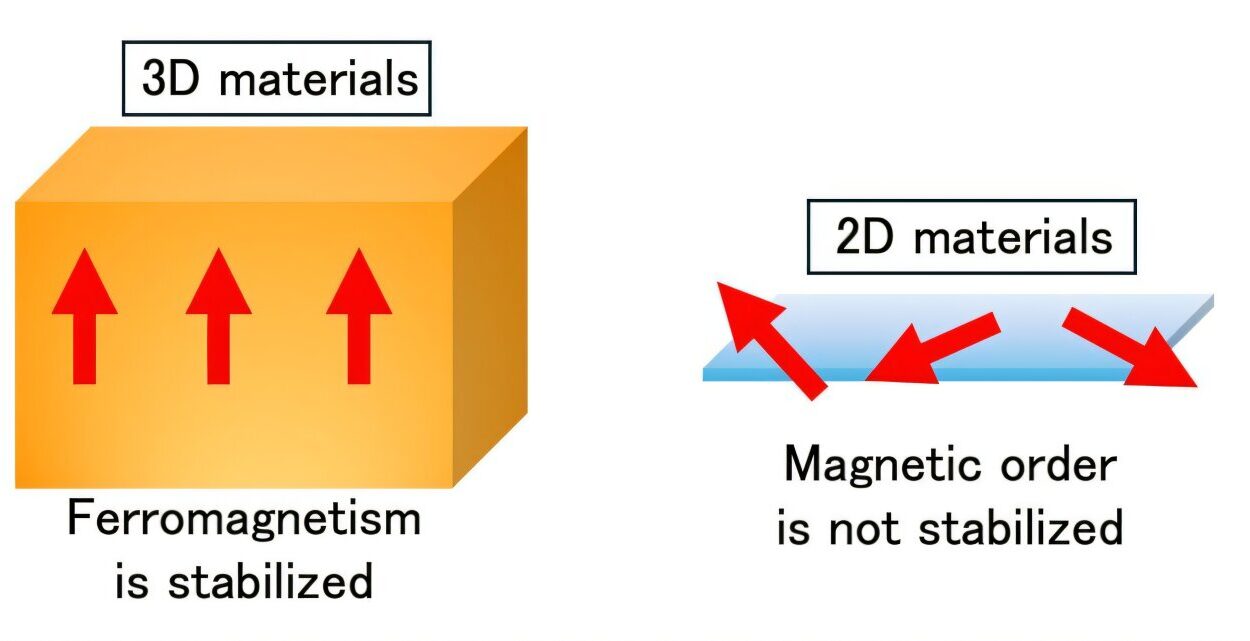For over seven decades, a grand mystery of the universe has hovered just out of reach—how do cosmic rays, those high-energy particles zipping through space, achieve their incredible speeds? The answer, first proposed by the legendary physicist Enrico Fermi in 1949, has long eluded researchers, despite its profound implications for astrophysics. But now, in a groundbreaking new study, scientists have finally demonstrated Fermi acceleration in a laboratory setting, revealing an entirely new way to accelerate particles and unlocking a treasure trove of possibilities for future scientific discovery.
In an unexpected turn, these revelations come not from the vast expanse of space, but from the tiny, precise world of ultracold atoms. A team of international scientists has used these frozen, near-motionless atoms to recreate the elusive Fermi acceleration mechanism, offering a new method to accelerate particles in a controlled, reproducible way.
Their findings, published in Physical Review Letters, not only mark a monumental step forward in understanding cosmic rays but also open the door to a range of applications in quantum technology and high-energy astrophysics.
The Cosmic Dance of Particles—Finally Unveiled
In the early 20th century, scientists were captivated by the discovery of cosmic rays—particles from distant corners of the universe, traveling at nearly the speed of light. For decades, researchers have grappled with the question: How do these particles accelerate to such extraordinary velocities?
The answer, first proposed by Enrico Fermi in 1949, suggested a process known as Fermi acceleration, wherein particles gain energy through repeated collisions with moving barriers—like cosmic shockwaves or magnetic fields. But despite the elegance of Fermi’s theory, creating a lab-based version of this acceleration mechanism has proven exceedingly difficult.
That is, until now.
In a remarkable twist of fate, ultracold atoms, the most chilled particles known to humankind, have offered a pristine canvas for scientists to demonstrate Fermi’s theory in action. These atoms, cooled to temperatures near absolute zero, are so slow and stable that they offer an ideal medium for high-precision experiments. The team from the Universities of Birmingham and Chicago has engineered a groundbreaking Fermi accelerator—just 100 micrometers in size—that uses movable optical potential barriers to accelerate these ultracold atoms.
And with this seemingly simple setup, the scientists have achieved a feat once thought impossible: they have successfully demonstrated Fermi acceleration, capturing the exact energy gains and particle losses that mirror those seen in cosmic rays.
A Tiny Accelerator with a Big Impact
The heart of the experiment is a fully controllable Fermi accelerator that can rapidly accelerate ultracold atoms to speeds of over half a meter per second—a significant velocity for atoms in such a cold state. The accelerator operates by colliding optical potential barriers—laser beams that create an artificial force field—with the trapped atoms. These collisions impart energy to the atoms, pushing them to higher speeds, mimicking the particle acceleration observed in cosmic environments.
“What’s astonishing is the simplicity of the setup,” said Dr. Amita Deb, a co-author of the study from the University of Birmingham. “Results delivered by our Fermi accelerator surpass the best-in-class acceleration methods used in quantum technology. The simplicity and miniaturization of this technology have far-reaching implications, with no theoretical upper limits.”
Cosmic Rays in the Lab: The Bell’s Result Comes to Life
The breakthrough extends beyond the creation of a tiny accelerator. The team also observed the energy spectra produced by these accelerated particles, revealing patterns strikingly similar to those seen in cosmic rays. This discovery provides the first direct verification of the so-called Bell’s result, a key piece of the cosmic ray acceleration puzzle that has underpinned various models of how high-energy particles are created in the universe.
With this verification in hand, the researchers have cleared a major hurdle in the study of cosmic rays and particle acceleration. The ability to generate similar energy spectra in a controlled laboratory environment allows scientists to study the mechanisms of Fermi acceleration in detail—offering fresh insights into some of the universe’s most enigmatic phenomena.
“The simplicity and effectiveness of our Fermi accelerator make it a powerful tool for both fundamental research and practical applications in quantum technology,” said Dr. Vera Guarrera, a lead author from the University of Birmingham. “This is just the beginning. Our work represents the first step toward studying more complex astrophysical mechanisms right here in the lab.”
A New Horizon for Quantum and Astrophysical Research
While the immediate implications of this experiment are thrilling for astrophysicists, they also extend far beyond the realm of space exploration. Quantum technology—the cutting-edge field that harnesses the principles of quantum mechanics for computing, communication, and cryptography—could benefit tremendously from this work.
The precision with which the Fermi accelerator controls particle acceleration could be a game-changer for quantum information science. By better understanding how to manipulate the quantum wave packets of particles, scientists could open new pathways for developing quantum devices that are faster, more efficient, and more powerful.
Additionally, the team’s breakthrough has the potential to shed light on magnetic reconnection, shocks, and turbulence—critical processes in the universe that occur in stars, black holes, and other high-energy astrophysical environments. These processes, while fundamental to our understanding of space, have remained difficult to study directly. Now, with the advent of the Fermi accelerator, the mysteries of these cosmic events could be unraveled in a controlled laboratory setting.
What’s Next?
Looking ahead, the research team plans to continue exploring the capabilities of their Fermi accelerator, focusing on areas like quantum chemistry and atomtronics, a field where quantum mechanics is applied to atomic-scale devices. Future experiments will investigate how various interactions affect the acceleration rate, as well as the maximum energy achievable by the accelerator.
These experiments could provide critical insights into the behavior of matter at extreme energies—insights that could ultimately inform everything from the study of black holes to the development of next-generation quantum technologies.
“The applications of this work are far-reaching,” Dr. Guarrera concluded. “By studying Fermi acceleration with ultracold atoms, we’re not just pushing the boundaries of astrophysics—we’re paving the way for breakthroughs in quantum technology and beyond.”
The Cosmos, Now Within Reach
In a world where the vastness of space often feels so distant and remote, this research brings the mysteries of the universe closer than ever before. The collision of ultracold atoms and optical barriers may seem like a small, contained experiment, but the implications are far-reaching.
By recreating the cosmic processes that shape our universe, scientists are not only answering age-old questions—they’re opening doors to new realms of knowledge and innovation. The secrets of cosmic rays, once locked in the farthest corners of the cosmos, are now within our grasp.
And as we unlock these secrets, who knows what new horizons we will discover—both in the universe and in the astonishing potential of quantum science.
Reference: G. Barontini et al, Observation of Fermi acceleration with cold atoms, Physical Review Letters (2025). DOI: 10.1103/nrjv-pwy1






